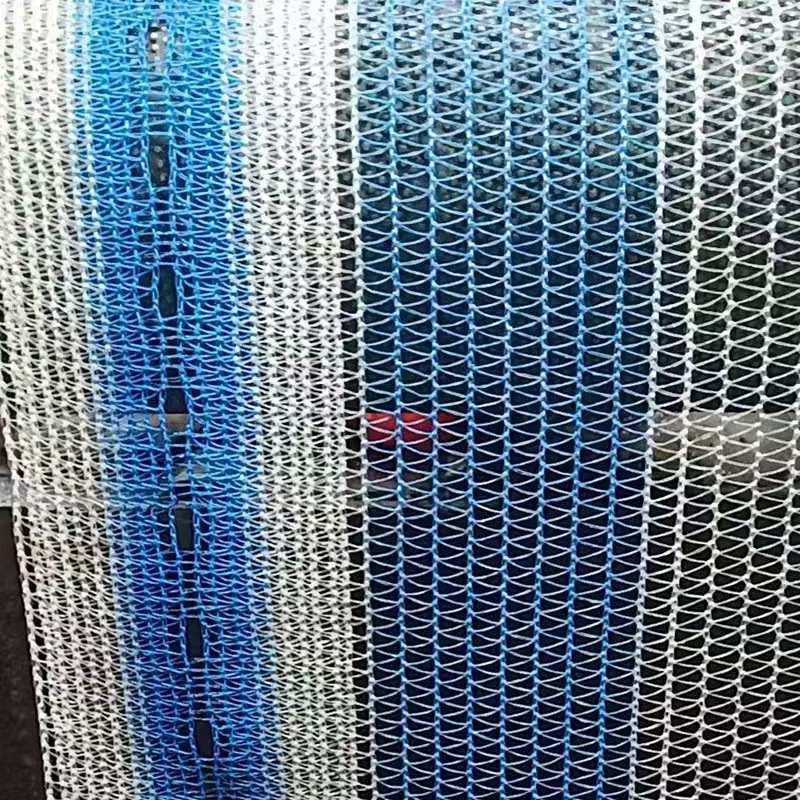-
 Afrikaans
Afrikaans -
 Albanian
Albanian -
 Amharic
Amharic -
 Arabic
Arabic -
 Armenian
Armenian -
 Azerbaijani
Azerbaijani -
 Basque
Basque -
 Belarusian
Belarusian -
 Bengali
Bengali -
 Bosnian
Bosnian -
 Bulgarian
Bulgarian -
 Catalan
Catalan -
 Cebuano
Cebuano -
 China
China -
 Corsican
Corsican -
 Croatian
Croatian -
 Czech
Czech -
 Danish
Danish -
 Dutch
Dutch -
 English
English -
 Esperanto
Esperanto -
 Estonian
Estonian -
 Finnish
Finnish -
 French
French -
 Frisian
Frisian -
 Galician
Galician -
 Georgian
Georgian -
 German
German -
 Greek
Greek -
 Gujarati
Gujarati -
 Haitian Creole
Haitian Creole -
 hausa
hausa -
 hawaiian
hawaiian -
 Hebrew
Hebrew -
 Hindi
Hindi -
 Miao
Miao -
 Hungarian
Hungarian -
 Icelandic
Icelandic -
 igbo
igbo -
 Indonesian
Indonesian -
 irish
irish -
 Italian
Italian -
 Japanese
Japanese -
 Javanese
Javanese -
 Kannada
Kannada -
 kazakh
kazakh -
 Khmer
Khmer -
 Rwandese
Rwandese -
 Korean
Korean -
 Kurdish
Kurdish -
 Kyrgyz
Kyrgyz -
 Lao
Lao -
 Latin
Latin -
 Latvian
Latvian -
 Lithuanian
Lithuanian -
 Luxembourgish
Luxembourgish -
 Macedonian
Macedonian -
 Malgashi
Malgashi -
 Malay
Malay -
 Malayalam
Malayalam -
 Maltese
Maltese -
 Maori
Maori -
 Marathi
Marathi -
 Mongolian
Mongolian -
 Myanmar
Myanmar -
 Nepali
Nepali -
 Norwegian
Norwegian -
 Norwegian
Norwegian -
 Occitan
Occitan -
 Pashto
Pashto -
 Persian
Persian -
 Polish
Polish -
 Portuguese
Portuguese -
 Punjabi
Punjabi -
 Romanian
Romanian -
 Russian
Russian -
 Samoan
Samoan -
 Scottish Gaelic
Scottish Gaelic -
 Serbian
Serbian -
 Sesotho
Sesotho -
 Shona
Shona -
 Sindhi
Sindhi -
 Sinhala
Sinhala -
 Slovak
Slovak -
 Slovenian
Slovenian -
 Somali
Somali -
 Spanish
Spanish -
 Sundanese
Sundanese -
 Swahili
Swahili -
 Swedish
Swedish -
 Tagalog
Tagalog -
 Tajik
Tajik -
 Tamil
Tamil -
 Tatar
Tatar -
 Telugu
Telugu -
 Thai
Thai -
 Turkish
Turkish -
 Turkmen
Turkmen -
 Ukrainian
Ukrainian -
 Urdu
Urdu -
 Uighur
Uighur -
 Uzbek
Uzbek -
 Vietnamese
Vietnamese -
 Welsh
Welsh -
 Bantu
Bantu -
 Yiddish
Yiddish -
 Yoruba
Yoruba -
 Zulu
Zulu
welded wire fabric
Understanding Welded Wire Fabric Applications and Benefits
Welded wire fabric (WWF) is a versatile and robust construction material commonly used in various engineering and architectural applications. Made from steel wires that are welded together at their intersections, this material provides enhanced strength, durability, and flexibility, making it an ideal choice for a range of construction projects.
Composition and Manufacturing
Welded wire fabric typically consists of steel wires made from high-grade materials. The manufacturing process involves arranging these wires in a grid pattern and then welding them at their intersections, creating a strong and stable mesh. The spacing between the wires can vary, depending on the specific requirements of the project, allowing for customization based on load-bearing needs and structural integrity.
During manufacturing, welded wire fabric can be treated to enhance its properties. Common treatments include galvanization, which protects against corrosion, and other coatings that increase environmental resistance. These treatments ensure that the mesh can withstand harsh elements, making it suitable for both indoor and outdoor applications.
Applications
Welded wire fabric has a broad range of applications across different industries
1. Construction One of the primary uses of welded wire fabric is in concrete reinforcement. When incorporated into concrete slabs, walls, and foundations, it provides tensile strength, preventing cracks and structural failures. Its use in residential, commercial, and industrial projects significantly enhances the overall stability and longevity of buildings.
2. Road and Bridge Engineering In road construction and bridge building, WWF is utilized to reinforce pavements and sub-base layers. Its ability to distribute loads evenly contributes to road durability and safety over time.
welded wire fabric

4. Safety Applications Welded wire fabric is often used in fencing and barriers due to its secure structure. This includes agricultural fencing, security gates, and even animal enclosures. The robust nature of WWF deters intruders while ensuring safety for livestock.
5. Industrial Uses In manufacturing environments, welded wire fabric can also be found in equipment guards, safety screens, and conveyor belts. Its adaptability to different industrial conditions highlights its versatility as a support structure.
Benefits
The advantages of using welded wire fabric in construction and other applications are numerous
- Strength and Durability The welded intersections provide superior strength compared to non-welded alternatives, making it a reliable choice for buildings and infrastructure that bear heavy loads. - Cost-Effectiveness While the initial investment may seem high, the long-term benefits of reduced maintenance and increased durability can lead to significant savings over time.
- Ease of Installation Welded wire fabric is lightweight and relatively easy to handle, allowing for quicker installation during construction projects. Its flexibility in design also allows for greater creativity in architectural applications.
- Environmentally Friendly Many manufacturers now produce welded wire fabric from recycled materials, enhancing its sustainability. Additionally, its long lifespan reduces the need for frequent replacements, further benefiting the environment.
- Customizable Different wire gauges, spacing, and sizes can be customized according to specific project needs, providing tailored solutions for various applications.
Conclusion
Welded wire fabric is an essential component in modern construction and industrial practices. Its combination of strength, durability, and flexibility makes it a go-to choice among engineers and architects. As the demand for reliable and sustainable construction materials continues to grow, welded wire fabric stands out as a practical and effective solution in diverse applications. Whether it's reinforcing concrete, creating secure barriers, or enhancing structural integrity, the importance of WWF in the construction industry cannot be overstated.
-
Shipping Plastic Bags for Every NeedNewsJul.24,2025
-
Safety Netting: Your Shield in ConstructionNewsJul.24,2025
-
Plastic Mesh Netting for Everyday UseNewsJul.24,2025
-
Nylon Netting for Every UseNewsJul.24,2025
-
Mesh Breeder Box for Fish TanksNewsJul.24,2025
-
Expanded Steel Mesh Offers Durable VersatilityNewsJul.24,2025











